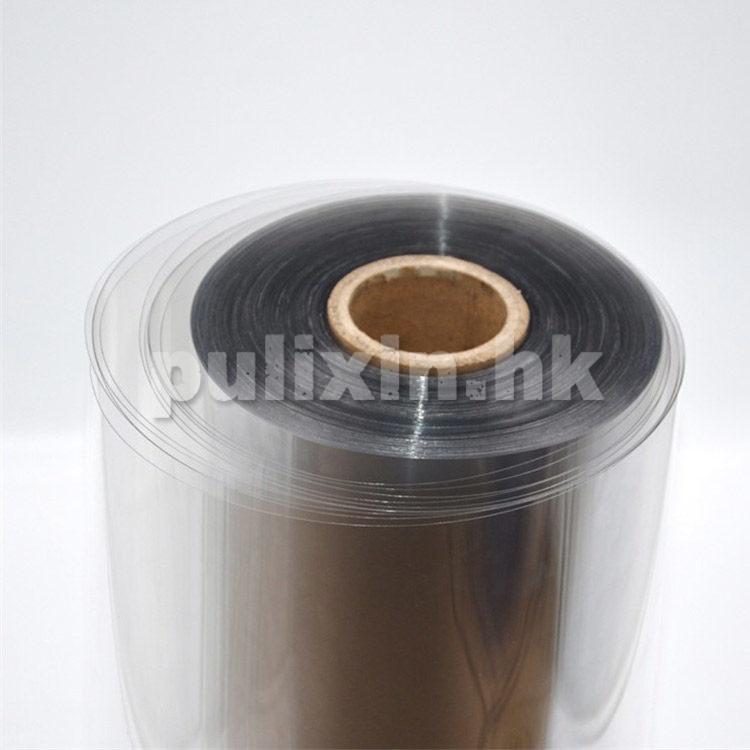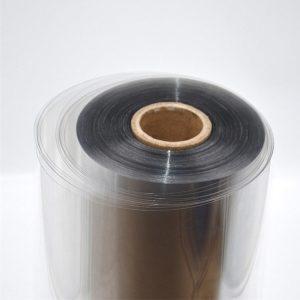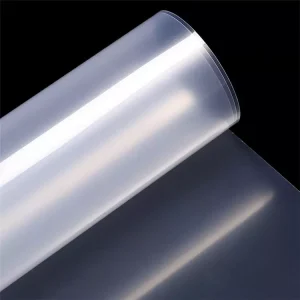PET和PETG最终产品工艺的区别

PETG is easier to make thicker products than PET. And PETG products such as plates: PETG plates will not turn white when folded in half. The PET sheet will turn white after being folded in half. PETG is more transparent than PET, more environmentally friendly, more chemical resistant, easier to process, and more compliant with FDA food products.
PET: Polyethylene terephthalate (alcohol) English: Poly(ethyleneterephthalate)
PETG: Cyclohexanediol (copolyester) English: PolyethyleneTerephthalate (PETG)
Compared with PET, the biggest feature of PETG is that PETG conforms to the concept of environmental protection and food FDA certification. PETG is currently receiving more and more attention from related products at home and abroad.
PET poly(ethylene terephthalate), a polycondensate, is mainly used in food packaging films and textile fibers and other uses. Now, its use as a packaging material is increasing, not only for soft drink bottles, but also for amorphous PET (APET), crystalline PET (CPET) cans and plates. Over the past five years, engineering-grade PET and copolyesters, as new polymer products, have been used in engineering and specialty packaging materials, respectively.
The successful application of PET in soda beverage packaging materials is due to its toughness and transparency, orientation ability, excellent economic value and the development of high-speed bottle processing technology. PET beverage cans are lightweight, shatter-resistant, reusable and have good airtight performance. A filled 2-liter PET beverage bottle is 24% lighter than a similar glass bottle; an empty bottle weighs 1/10 of the same type of glass bottle. It saves labor, energy and cost in all links from the producer to the consumer.
1. Chemistry and performance
PET for beverage bottles is produced from terephthalic acid (TPA) obtained by oxidation of p-xylene. Terephthalic acid is purified or reacted with methanol to produce dimethyl terephthalate (DMT), or further oxidized to produce pure terephthalic acid (PTA). Another basic raw material for PET is ethane, which is converted into ethylene glycol (EG) by reaction. PET is a polycondensate produced by the continuous polymerization of DMT (or PTA) and EG in the molten state, and then obtains large grains, final molecular weight, and intrinsic viscosity during solid-state polymerization. This solid state process also makes the ethanol content of the polymer sufficiently low.
General commodity PET resin melts at about 480F , but the melting point of high crystallization PET is about 520F .
Oriented crystalline PET has excellent strength. Toughness and transparency, and resistant to weak acids and bases and many solvents.
2. Special grade
Stretch blow molding grade PET is available in solid colors, green and yellowish PET. Colored polymers in the reactor do not require recompounding that adversely affects physical properties, and color uniformity is improved. Neat resins are available in various intrinsic viscosities. PET copolymers crystallize slowly, which allows them to produce high-quality soda bottles under a wide range of processing conditions. An extrusion blow moldable polymer may also be provided. This material combines excellent melt strength with slow crystallization rate and can be easily processed on suitable extrusion blow molding equipment. Various reinforced, flame retardant and other specialty polymers are constantly being introduced or modified to meet new applications.
PETG copolyester is another example of many copolyesters. Unlike PCTA modified with acid, PETG is a diol-modified polymer composed of CHDM diol combined with TPA (terephthalic acid) and ethylene glycol. PETG copolymers can be molded or extruded and generally remain amorphous, transparent and virtually colorless, even in very large cross-sections.
It has high stiffness, hardness and good toughness, and it maintains proper toughness even at low temperatures. The combination of clarity, toughness and melt strength allows it to be used in injection molded, blow molded and extruded profiles, tubing, film and sheet. PETG is available unmodified or with various additives, including release agents, color masterbatches and impact modifiers for injection molding.


PETG should be dried at 120-160F for about 4-6 hours before molding or extrusion. The melt temperature range was from 420F to 510F in both processes. Processing equipment should have as little dwell time as possible at higher temperatures to prevent excessive degradation. Injection molding should be carried out on an injection machine, and each injection volume is required to be 50% to 80% of its capacity.
PETG can be extruded and blown at a melt temperature between 400-450F to make transparent bottles for shampoo, liquid detergent, hygiene products, mineral oil and food packaging. This material is FDA compliant for food contact.
Extrusion can produce a wide range of profiles, as well as tubes, films and sheets for packaging, including medical device packaging. PETG and PCTA can be sterilized with ethylene oxide and gamma rays.
When used for injection molding, PETG is usually processed at a melt temperature range of 450-510F, with a mold temperature of about 70-130F. Current applications include instrument covers, machine guards, cosmetic containers, lever device pointers, display components and toys.
PET is mainly used in soda soft drink packaging. PET has occupied nearly 100% of the 2-liter non-recyclable container market, and 1.5-liter, 1-liter, 0.5-liter and smaller PET bottles have also been widely recognized.
PET is used in food, wine, detergent. Non-carbonated beverages and industrial product packaging, demand for PET
demand is expected to continue to grow. Packaged foods include mustard, gum products, peanut butter, condiments, edible oils, cocktails and concentrated fruit juices, etc. New colors, especially Weber color PET in pharmaceuticals. The packaging of vitamins and detergents is a big hit.

